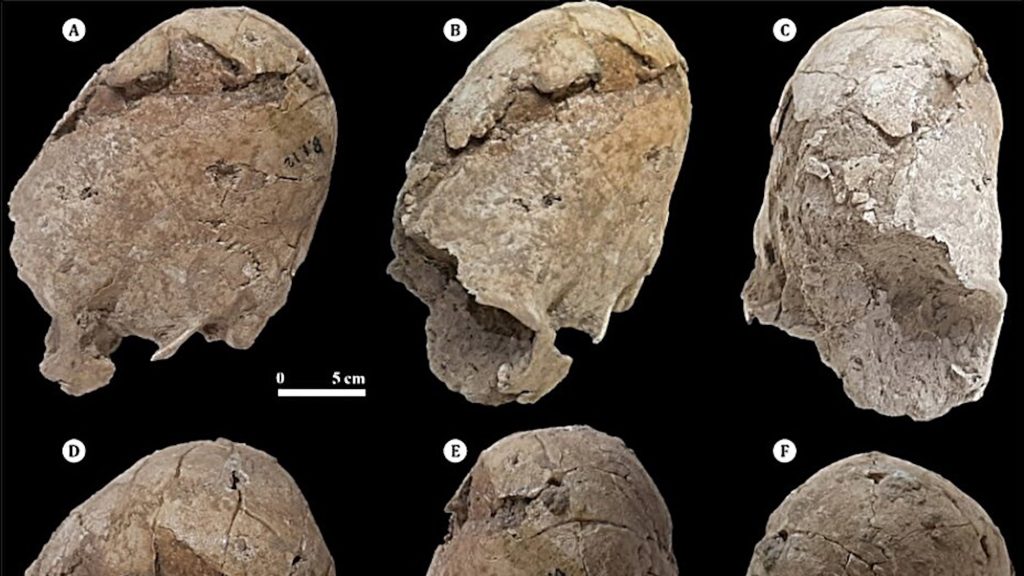
In the moonlit borderlands of northern Mexico and South Texas, one eerie tale flaps its wings across generations: the legend of La Lechuza. Locals say it’s a giant owl, but others say this bird is no ordinary animal; it’s a witch in disguise.
The Lechuza legend tells of an old woman wronged by her community who returns as a monstrous owl to seek revenge. With a wingspan wider than a man is tall, glowing eyes and a cry that sounds like a baby or a woman, she circles homes at night, scratching at the front door or perching in a tree.
What Is La Lechuza?
In Mexican legend, La Lechuza is a shapeshifter. She can transform between a human and a bird, often spotted near a house before something terrible happens.
Her appearance usually signals doom or fear — especially if you ignore the rules. According to lore, if she whistles at you, never respond. That’s her way of luring victims.
Why People Are Still Afraid
Stories persist in border towns, especially among students, kids and older residents who remember warnings passed down by family.
Texas cryptids like La Lechuza still rattle nerves, from Austin to San Antonio. For some, she’s just fun folklore. For others, she’s something more. Some even say she’s the devil’s spirit sent to punish.
In Sarah Asch’s reporting and local video interviews, people speak about hearing flaps at windows or seeing shadows dart across roads. Whether it’s imagination or memory, Lechuza tales fuel fires of fear and wonder.
What’s Behind the Myth?
Folklorists suggest La Lechuza is a way to explain the unexplainable: children disappearing, odd animal behavior or strange deaths in tight-knit towns. The story could reflect cultural values about control, danger or the roles of women.
Like other monsters, it serves as both a cautionary tale and a cultural mirror.
Some believe owls — with their eerie eyes and silent flight — were the perfect animal to inspire dread. In a region full of animals and rich lore, the idea that a woman could gain power by taking on an owl’s form was a potent symbol.
Modern Takes and Cultural Impact
In online forums, podcasts and local legends, La Lechuza shows up often in October and around June — months when scares, sleep troubles and neighborhood tales spike. Whether seen as metaphor or monster, she’s become part of Texas and Mexico’s shared identity.
Writers continue to review, analyze and write about her influence in Hispanic folklore. Even teachers assign essays on how La Lechuza connects to life, hope and fear in marginalized communities.
And yes, some people still keep salt by the door … just in case.
We created this article in conjunction with AI technology, then made sure it was fact-checked and edited by a HowStuffWorks editor.























